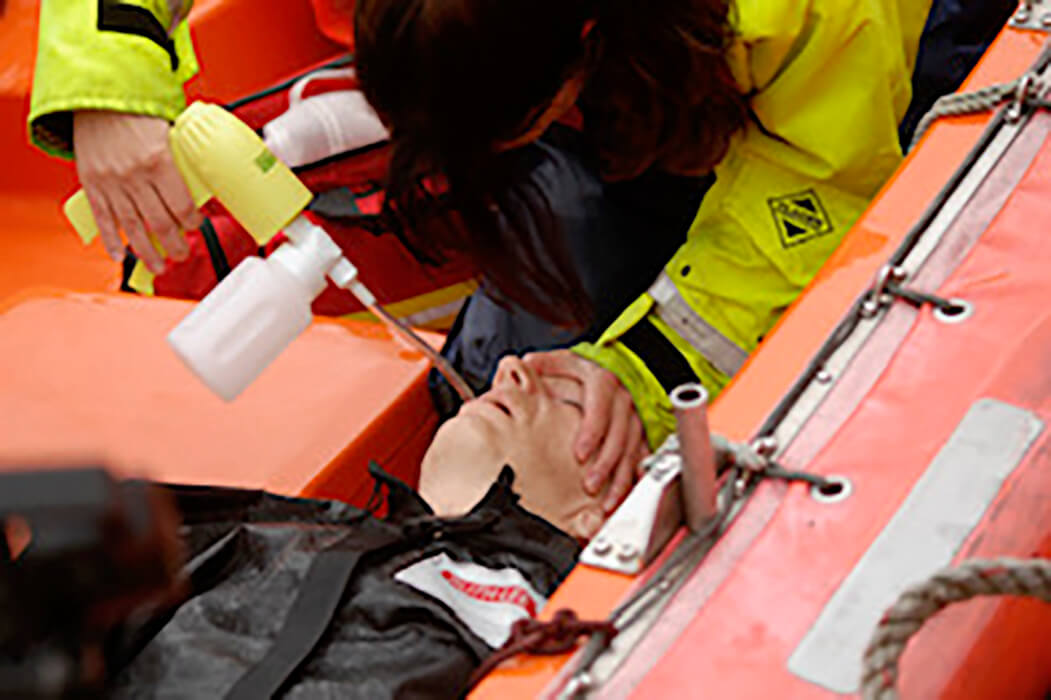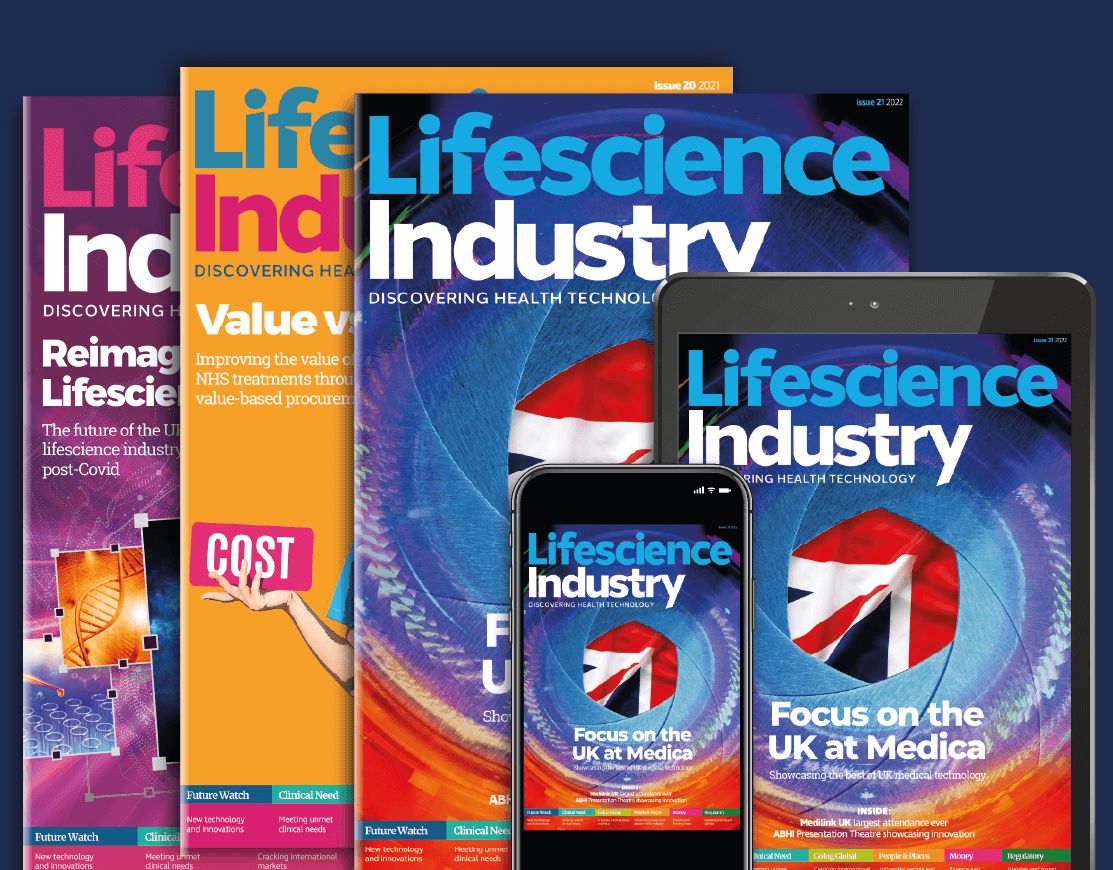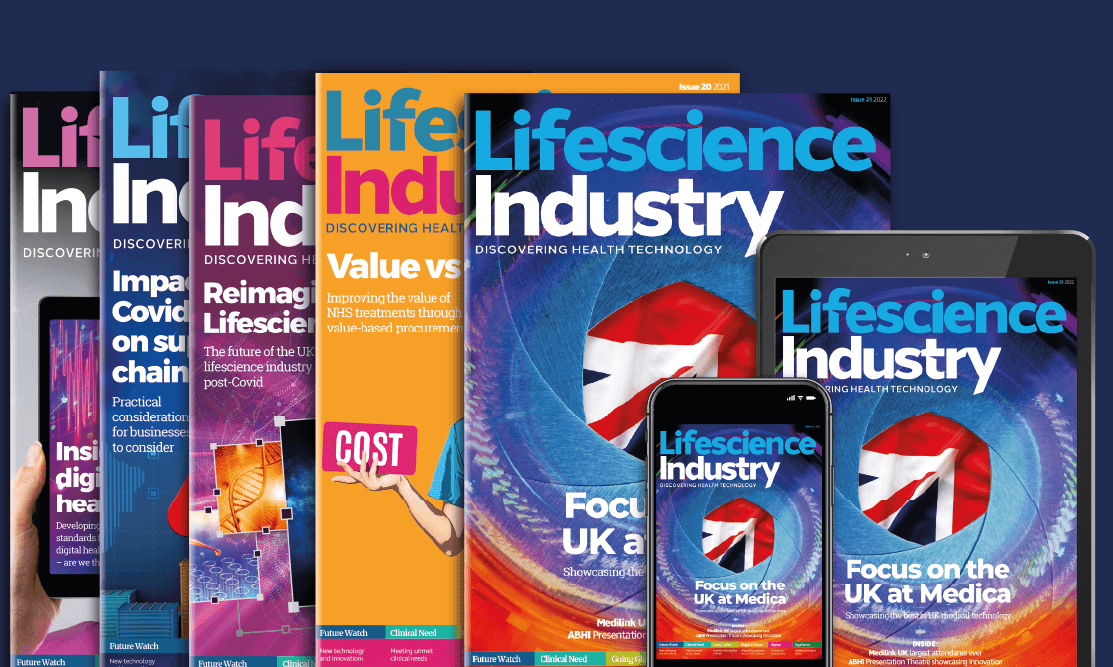
The world’s first drowning simulation manikin is being showcased at Arab Health – arriving
in the Middle East for the first time since it was launched in 2021.
Europe’s leading manufacturer of rescue training manikins, Ruth Lee Ltd, teamed up with
Lifecast Body Simulation to create the world’s first Advanced Water Rescue manikin.
Highly accurate and lifelike, the Advanced Water Rescue Manikin is a step change in realism
for anyone involved in the rescue, resuscitation, and pre-hospital care of a drowned
casualty. Manikins which have similar advanced medical simulation capabilities frequently
cost in excess of £75k, but you certainly couldn’t risk them in open water!
for anyone involved in the rescue, resuscitation, and pre-hospital care of a drowned
casualty. Manikins which have similar advanced medical simulation capabilities frequently
cost in excess of £75k, but you certainly couldn’t risk them in open water!
The Advanced Water Rescue manikin is designed to mimic a drowned person in water and
delivers realistic medical simulation training which prepares rescuers for the real world. No
other rescue manikin provides this level of fidelity (Realism), with opportunities to practise
rescue skills, coupled with continuation of care to the Hospital and Intensive Care.
delivers realistic medical simulation training which prepares rescuers for the real world. No
other rescue manikin provides this level of fidelity (Realism), with opportunities to practise
rescue skills, coupled with continuation of care to the Hospital and Intensive Care.
The Advanced Water Rescue manikin floats like an unconscious person but can also be
weighted to sink partially or fully to allow teams to simulate both immersed and submerged
drowning scenarios. The management of a drowned casualty is complex and depends on the
specifics of the drowning emergency making this the ideal tool for training.
weighted to sink partially or fully to allow teams to simulate both immersed and submerged
drowning scenarios. The management of a drowned casualty is complex and depends on the
specifics of the drowning emergency making this the ideal tool for training.
When in water, hydrostatic squeeze (pressure of the water) closes a valve within the lung
mechanics. Once rescued from water, the mechanism releases, creating movement of the
lungs and chest.
mechanics. Once rescued from water, the mechanism releases, creating movement of the
lungs and chest.
To further enhance this realism, it is possible to introduce water into the lung system, using
a 3 way tap. This gives a very realistic sound from the chest when ventilated – which is a key
characteristic of drowning and the manikin can also produce foam from the mouth – a true
medical emergency requiring careful casualty management.
a 3 way tap. This gives a very realistic sound from the chest when ventilated – which is a key
characteristic of drowning and the manikin can also produce foam from the mouth – a true
medical emergency requiring careful casualty management.
The manikin, which is patent pending, has taken two years of research and development to
perfect.
perfect.
Paul McDonnell, Managing Director of Ruth Lee, which is based in North Wales, said:
“Special Forces teams asked us to create a world first drowning manikin for them to allow
both rescue and critical care training.
“Special Forces teams asked us to create a world first drowning manikin for them to allow
both rescue and critical care training.
“Our innovative product, made in collaboration with Lifecast Body Simulation – Based in
Elstree Movie Studios – London, is the first to allow teams to provide true continuation of
care.
Elstree Movie Studios – London, is the first to allow teams to provide true continuation of
care.
“It has been specially designed to be rescued from water and allows for lifesaving
intervention with the realism of noises and respiratory issues encountered in the real world.
It means rescue teams can be trained for the skills they will need in the real world.”
intervention with the realism of noises and respiratory issues encountered in the real world.
It means rescue teams can be trained for the skills they will need in the real world.”
John Schoonraad, creative director of Lifecast Body Simulation, has a background in the
movie industry and has worked on films including Saving Private Ryan and Black Hawk
Down. He said: “Building a torso to fit within the Ruth Lee body was an exciting project,
especially because it can transform lifesaving and technical rescue.
movie industry and has worked on films including Saving Private Ryan and Black Hawk
Down. He said: “Building a torso to fit within the Ruth Lee body was an exciting project,
especially because it can transform lifesaving and technical rescue.
“We are proud to see members of the military and special rescue teams training with this
device and we hope it will save many lives.”
device and we hope it will save many lives.”
Dave Halliwell, Head of Clinical Design at Lifecast Body Simulation said: “Working in
paramedic care for the last 30 years I’ve been lucky to have been involved with projects that
paramedic care for the last 30 years I’ve been lucky to have been involved with projects that
are at the Forefront of Clinical Care.
We have utilised the science of drowning, the physiology of the human body, and our joint
knowledge of water rescue to design a new type of manikin. We had the support of some of
the greatest medics in the world in our testing and we are excited to see how this product
will help to transform drowning training around the world.”
knowledge of water rescue to design a new type of manikin. We had the support of some of
the greatest medics in the world in our testing and we are excited to see how this product
will help to transform drowning training around the world.”
According to the World Health Organisation, each year, approximately 236,000 people
drown globally – a shocking statistic. Children under the age of 4 are a particular drowning
risk.
drown globally – a shocking statistic. Children under the age of 4 are a particular drowning
risk.
In 2021 the UN passed a historical resolution on Drowning Prevention – recognition
that this is a global health crisis that required urgent attention.
that this is a global health crisis that required urgent attention.
News & Analysis



